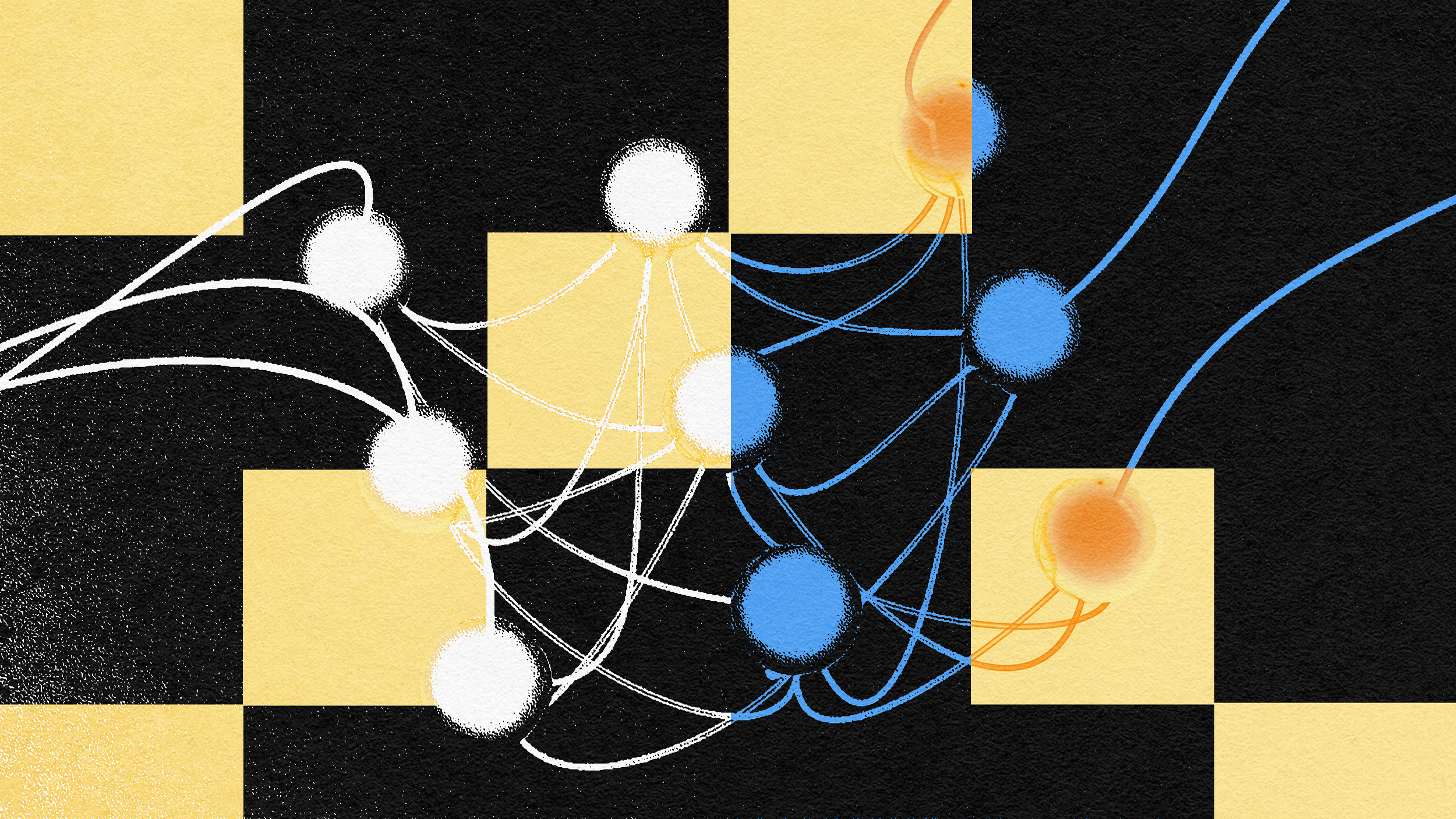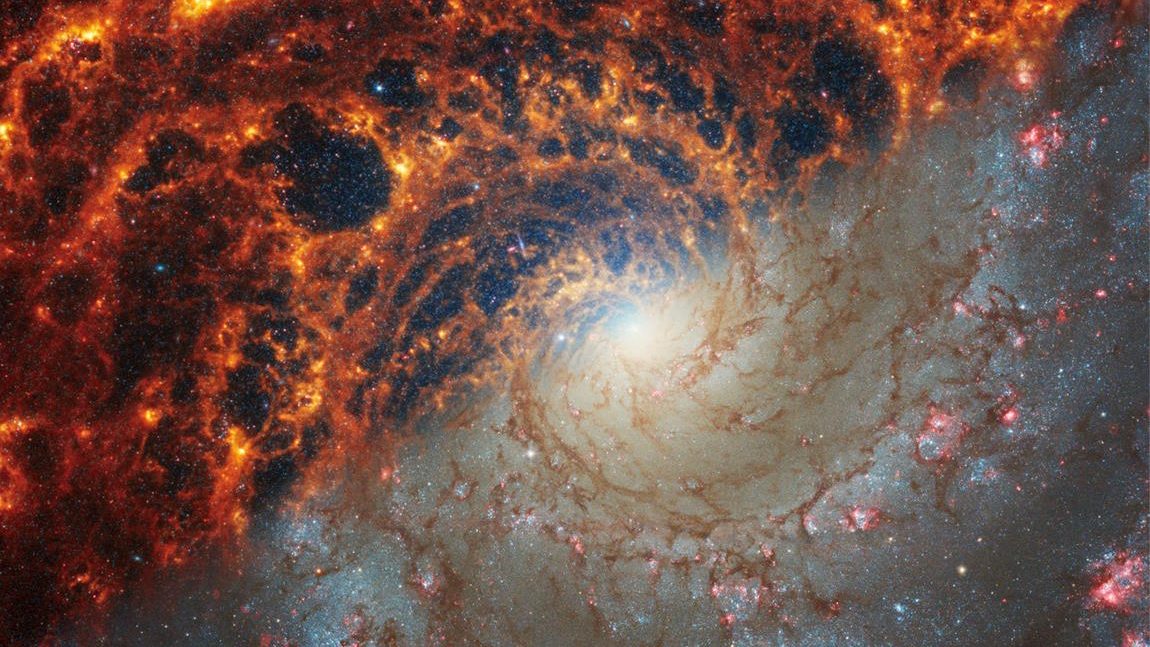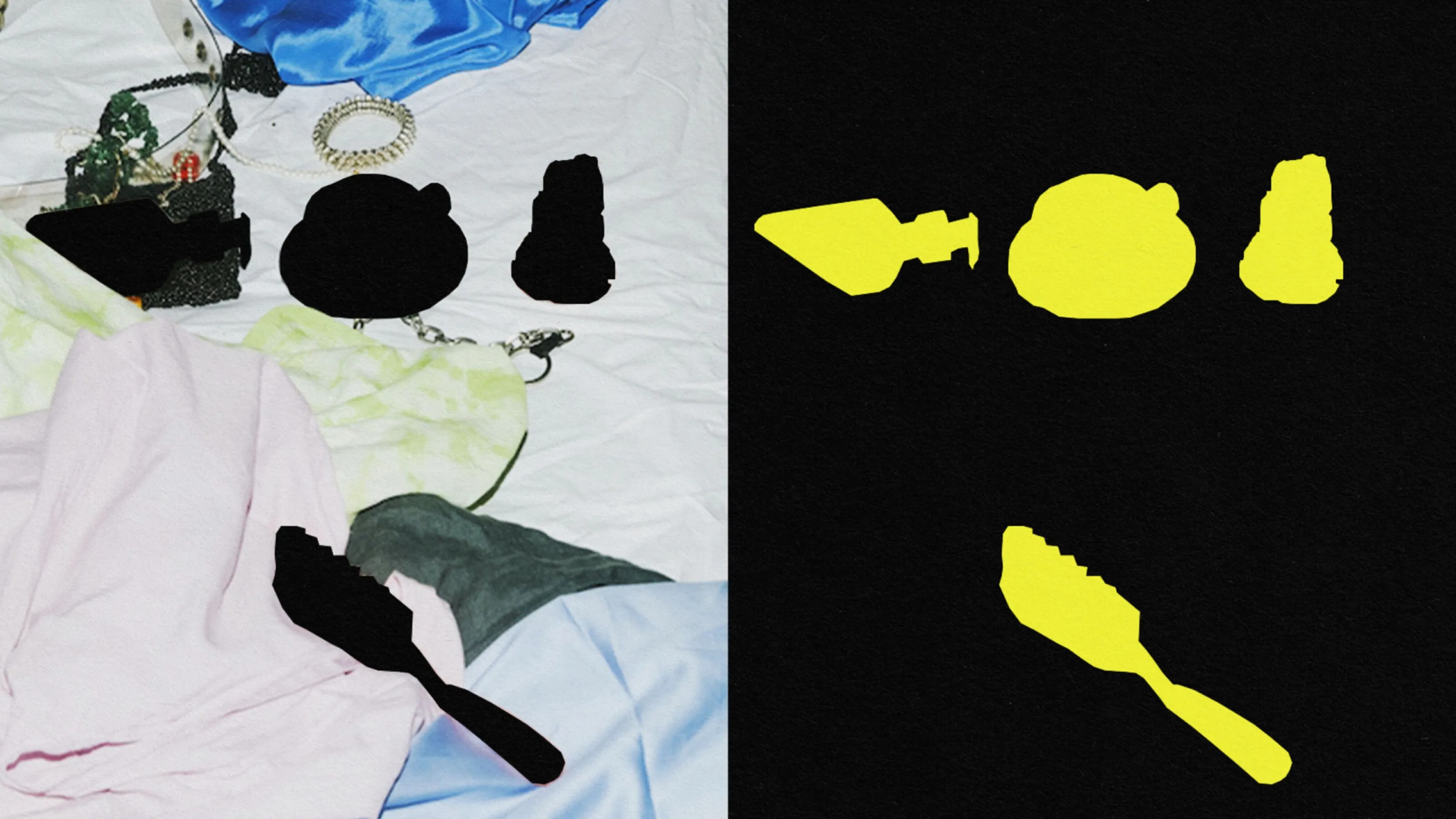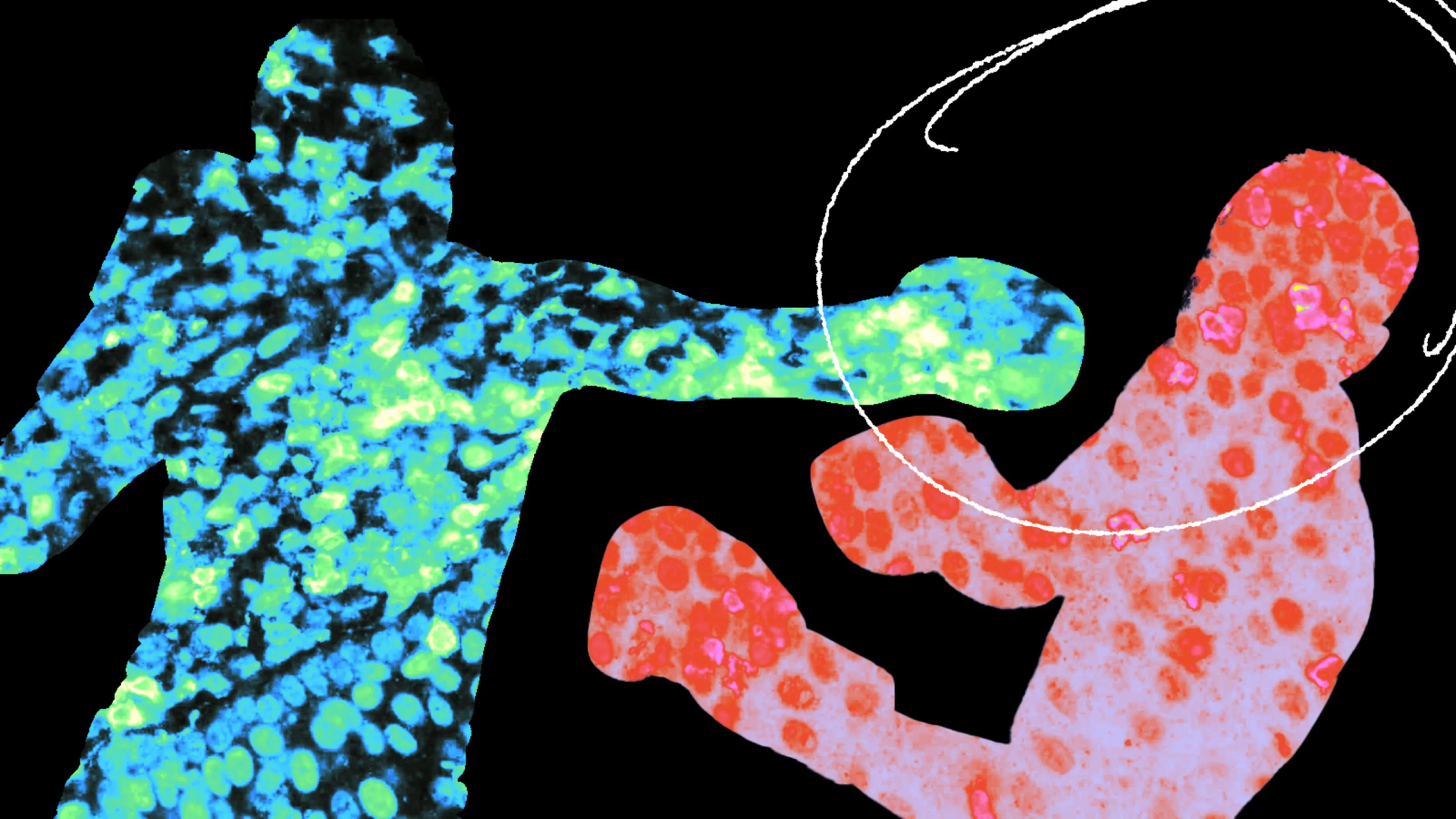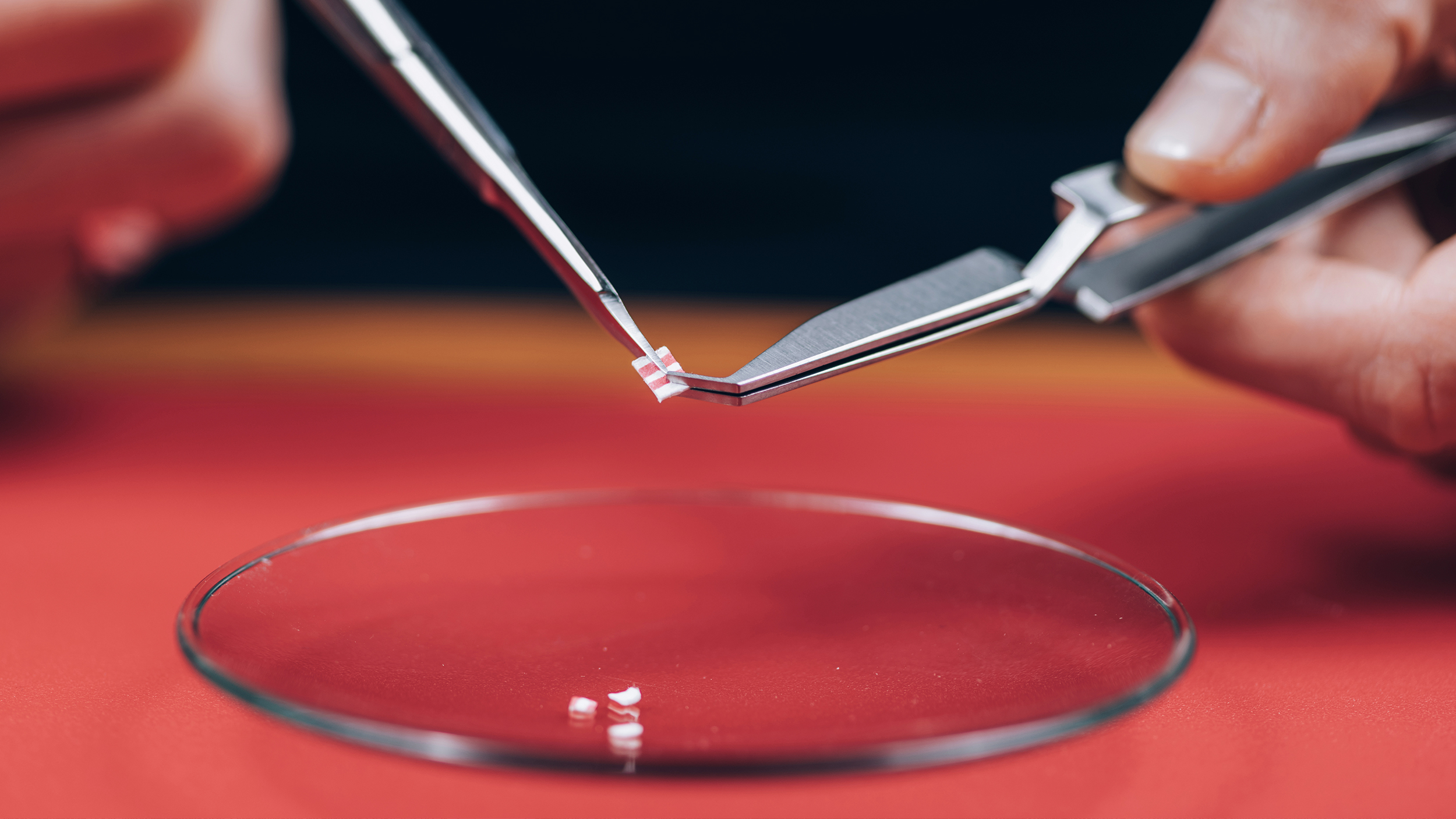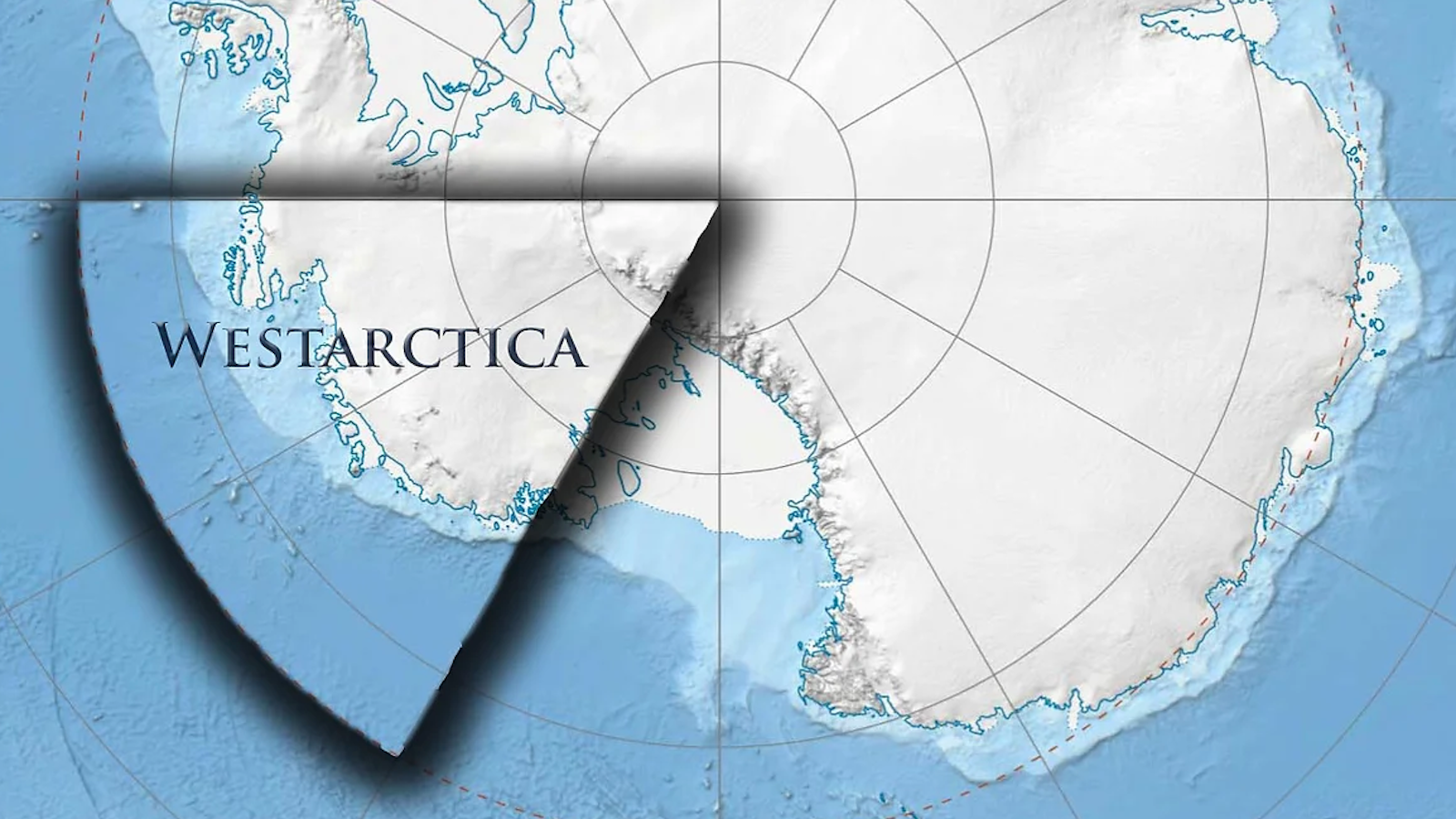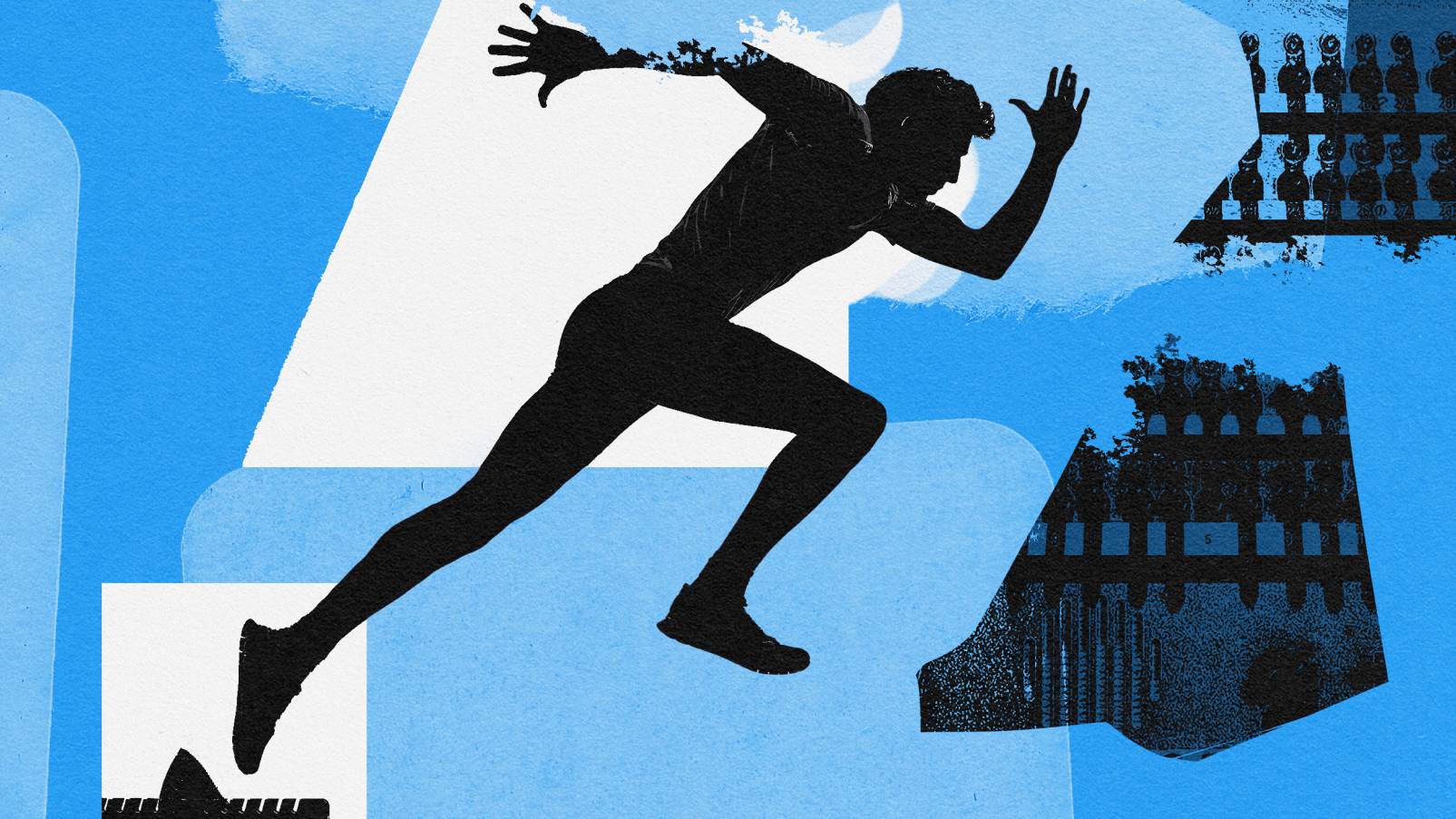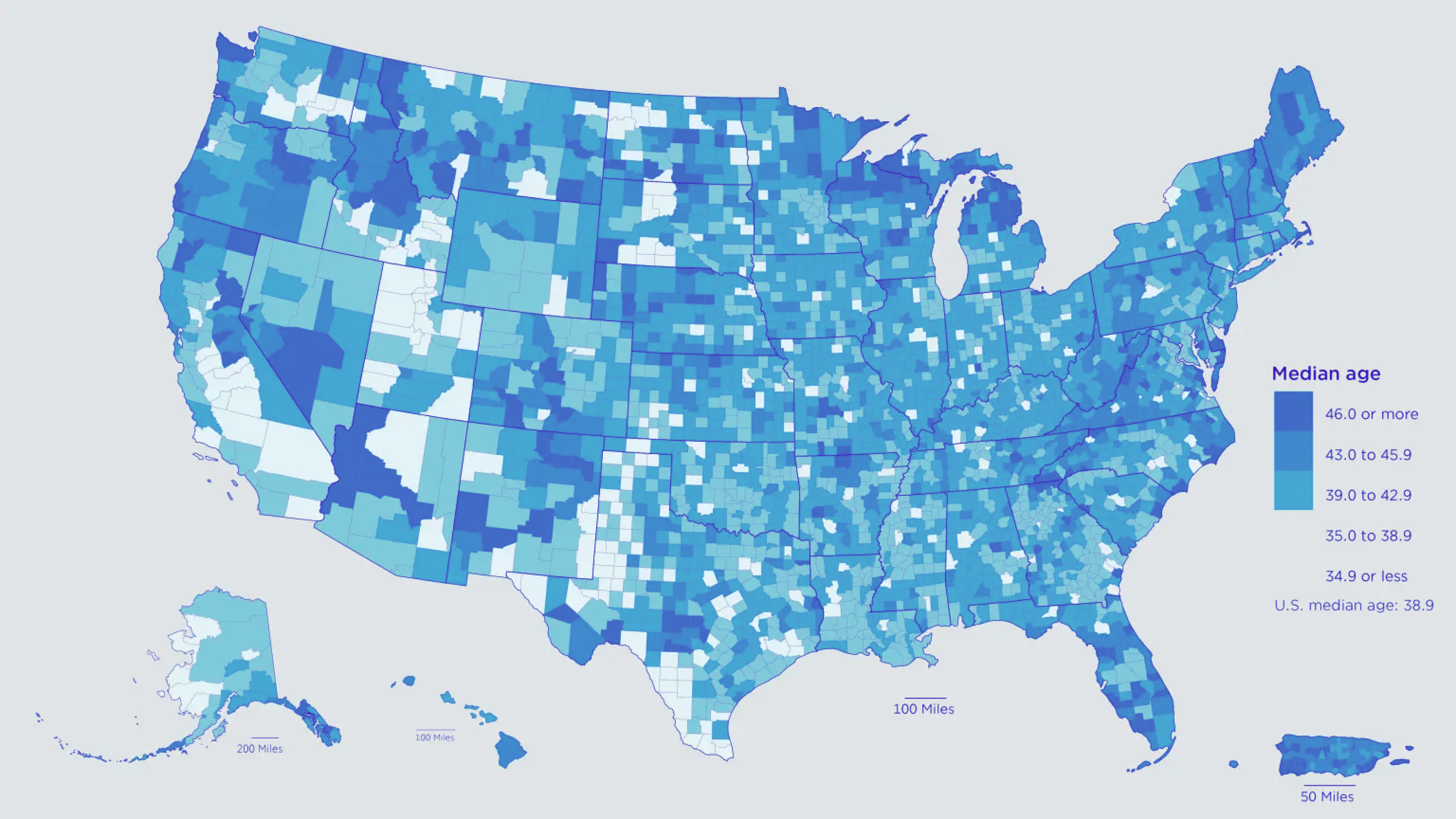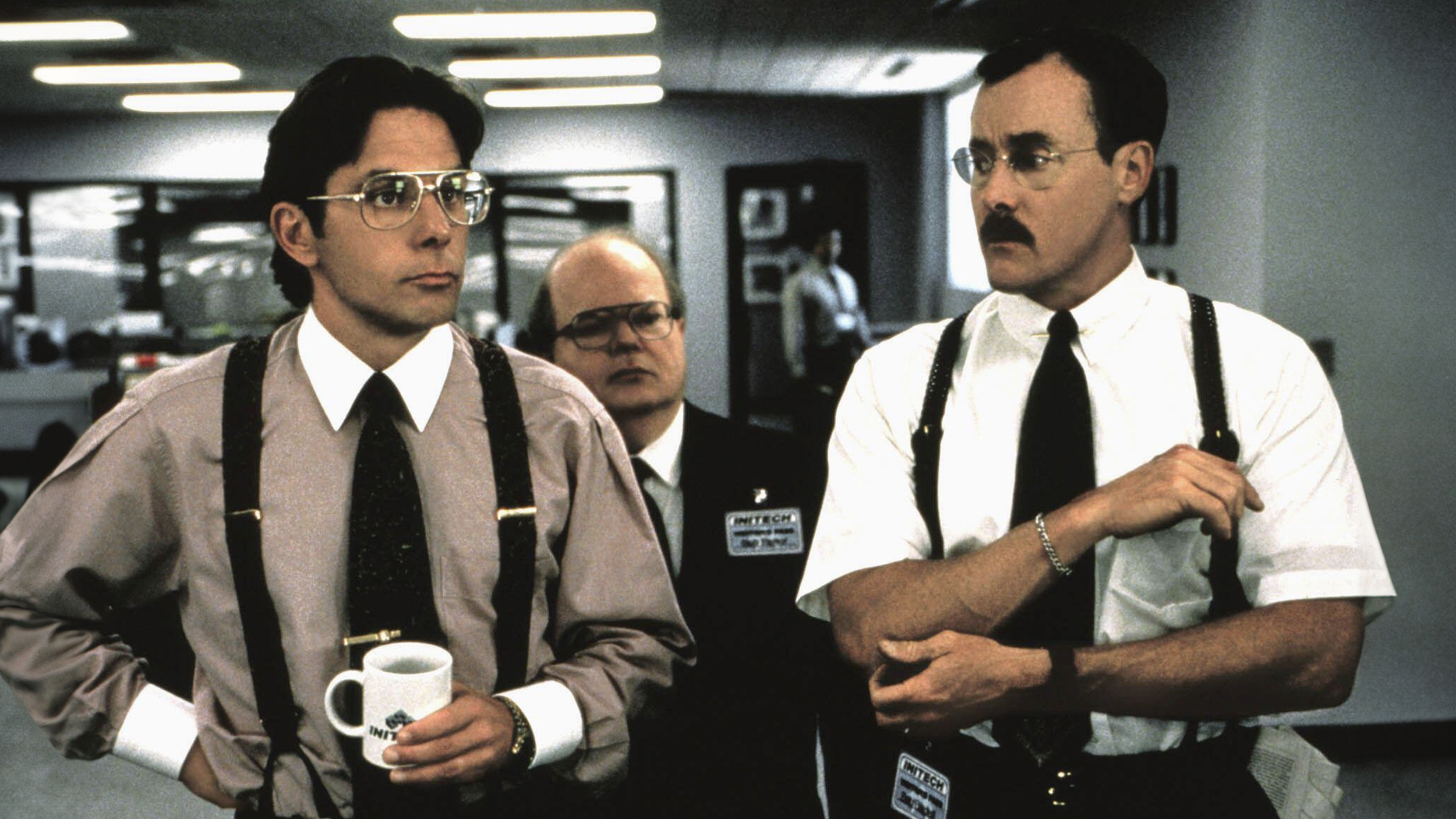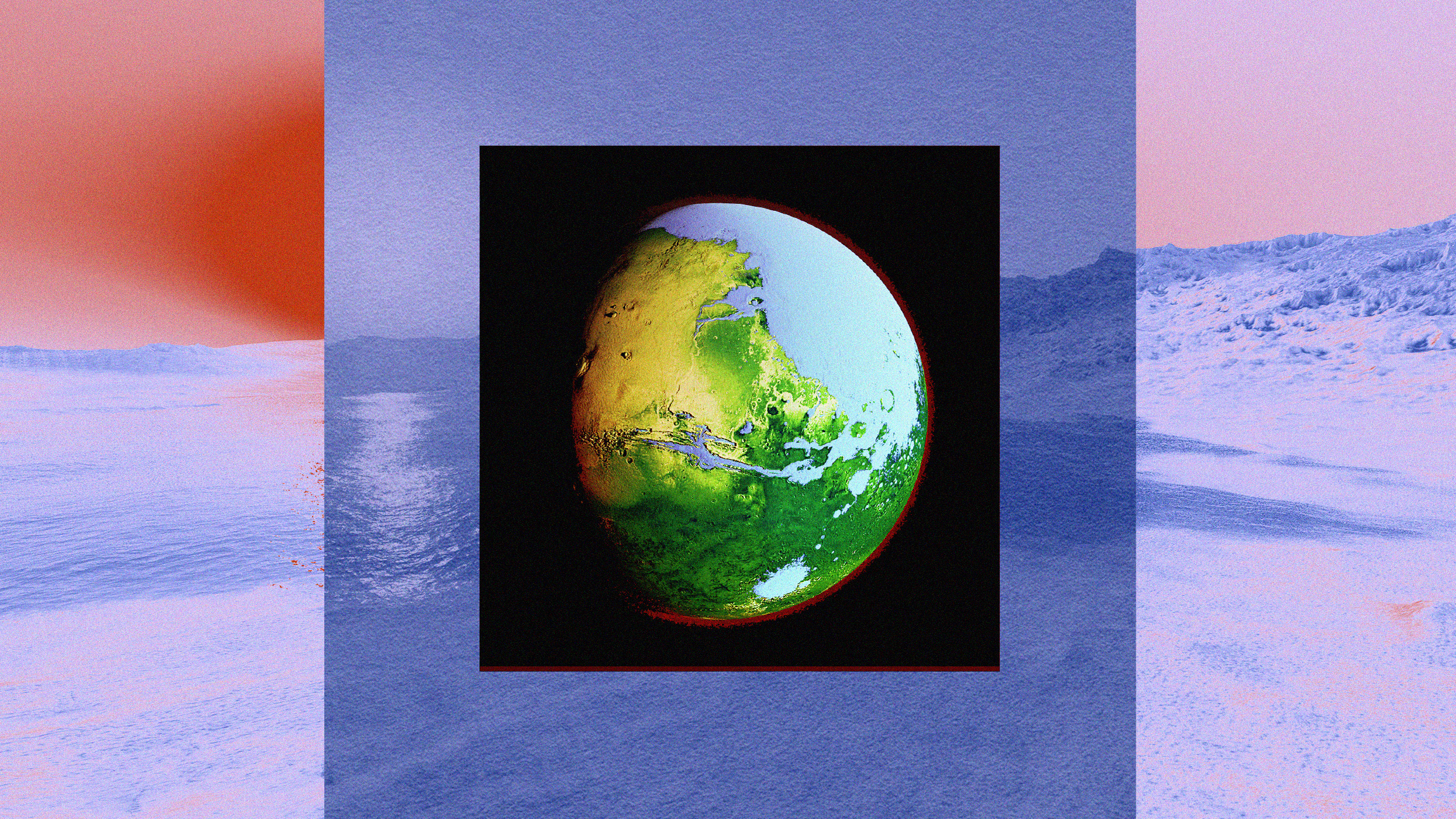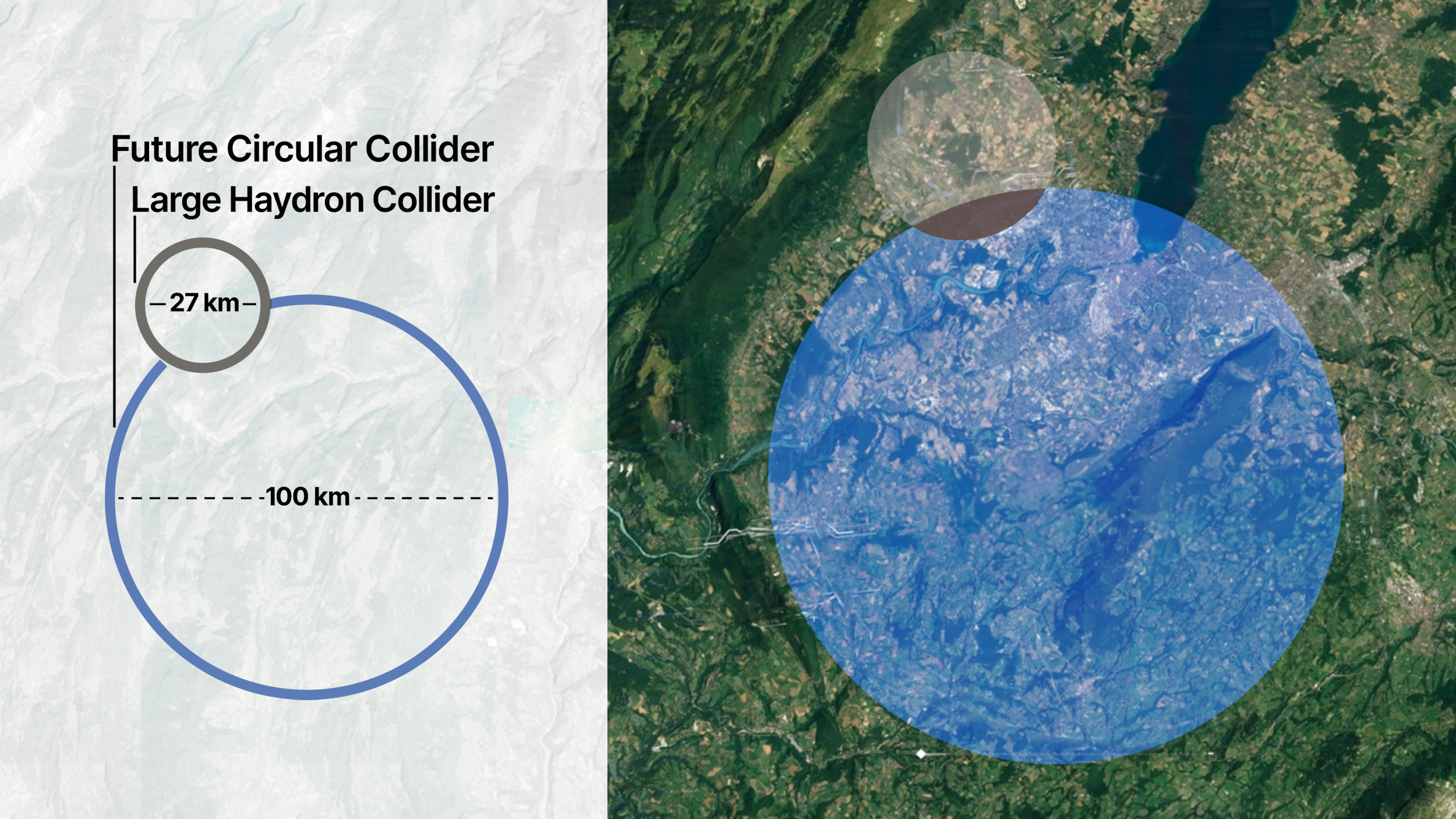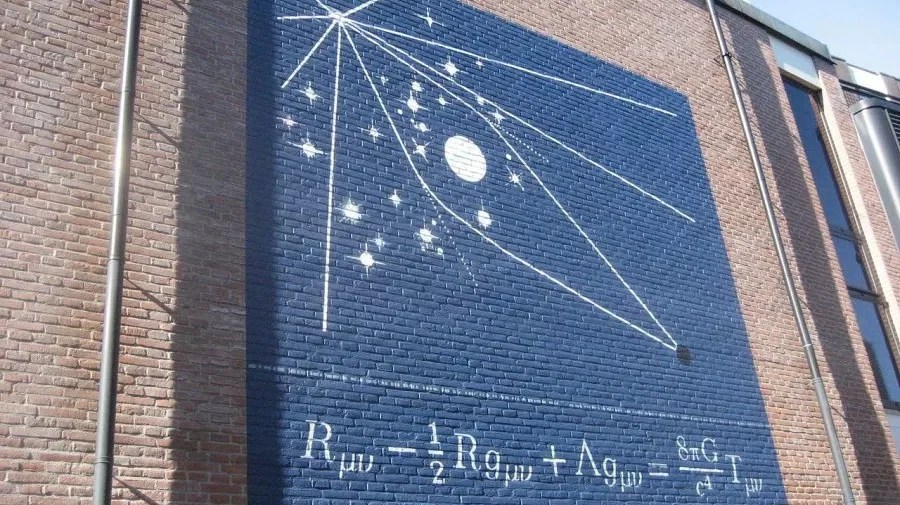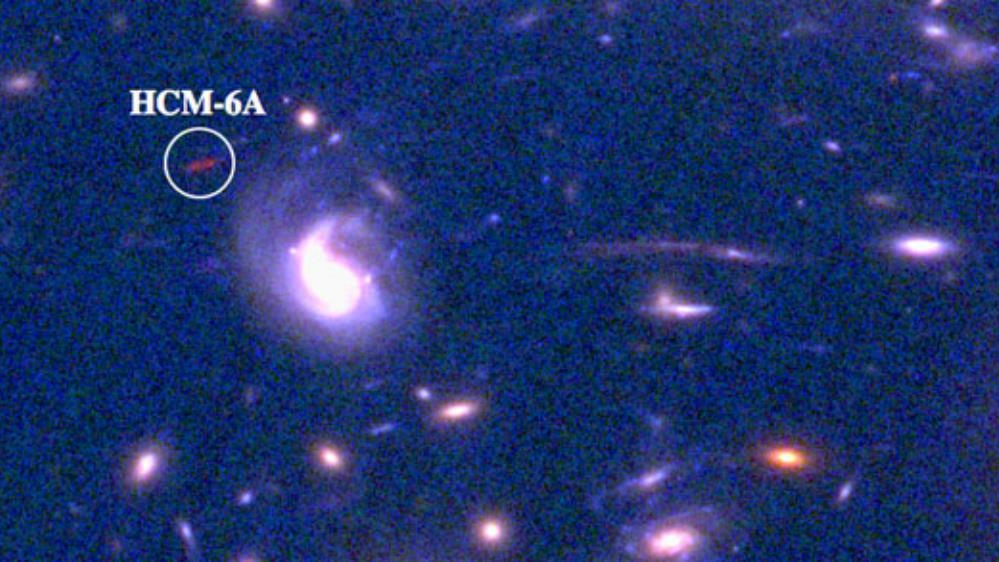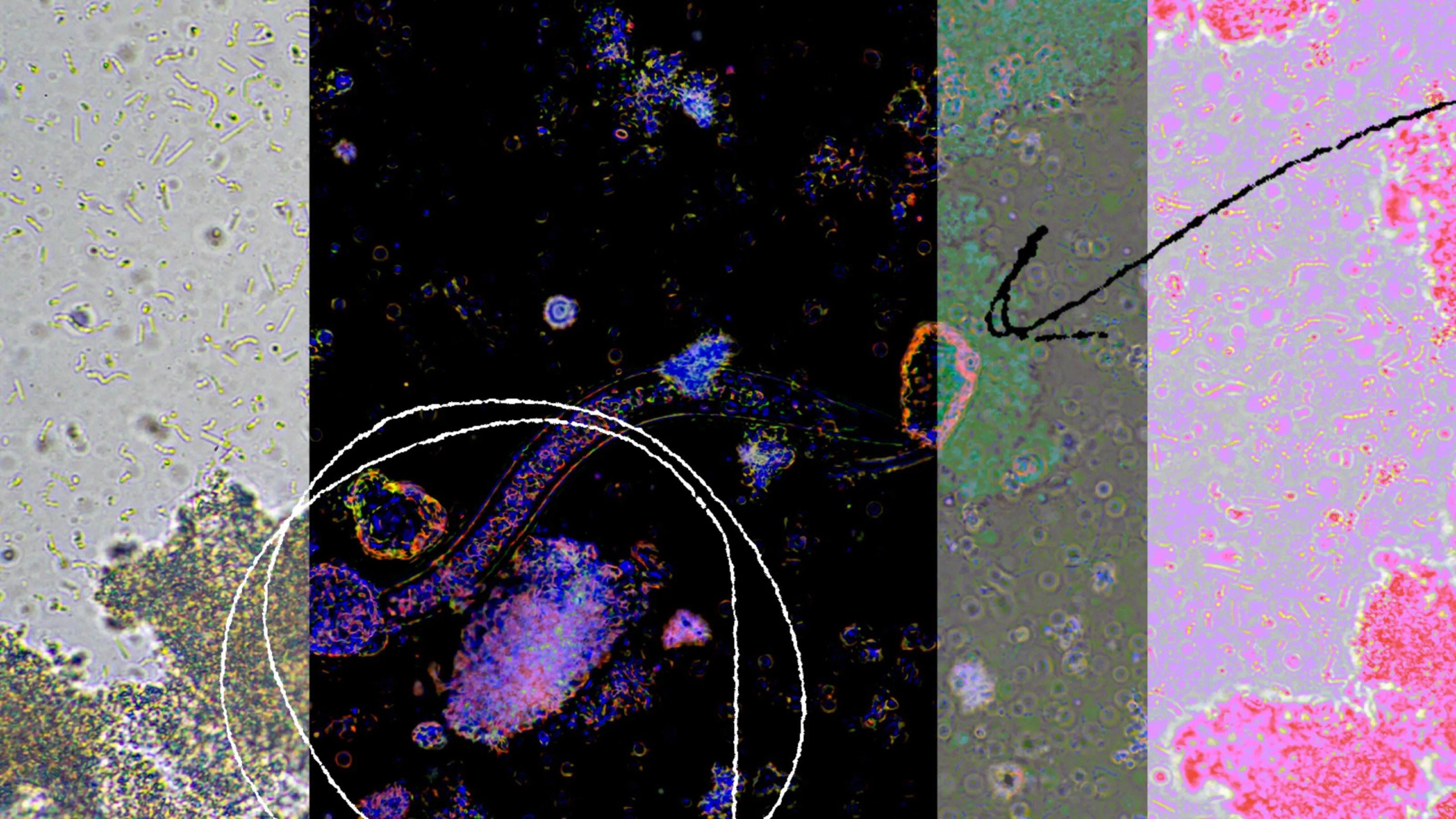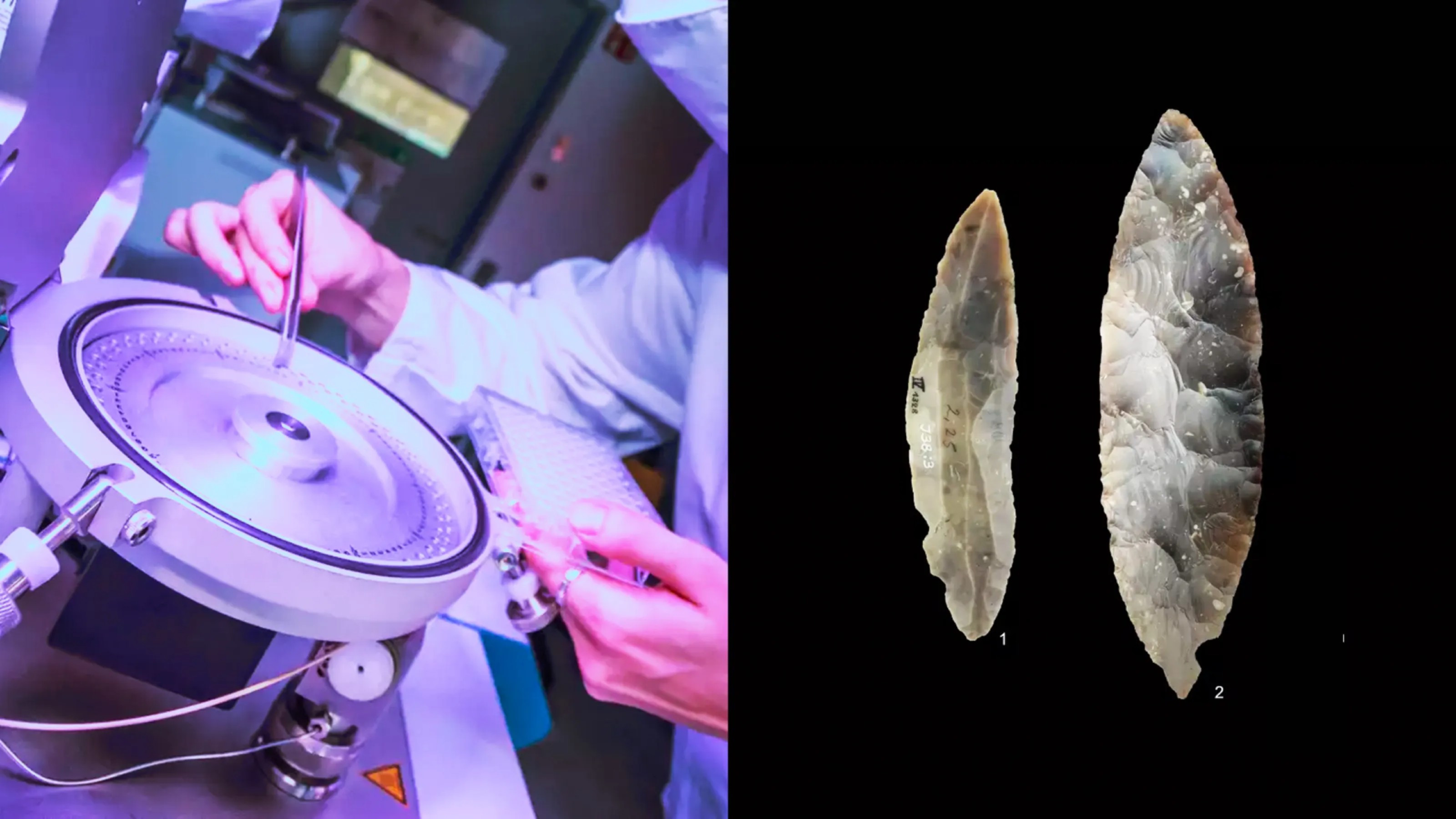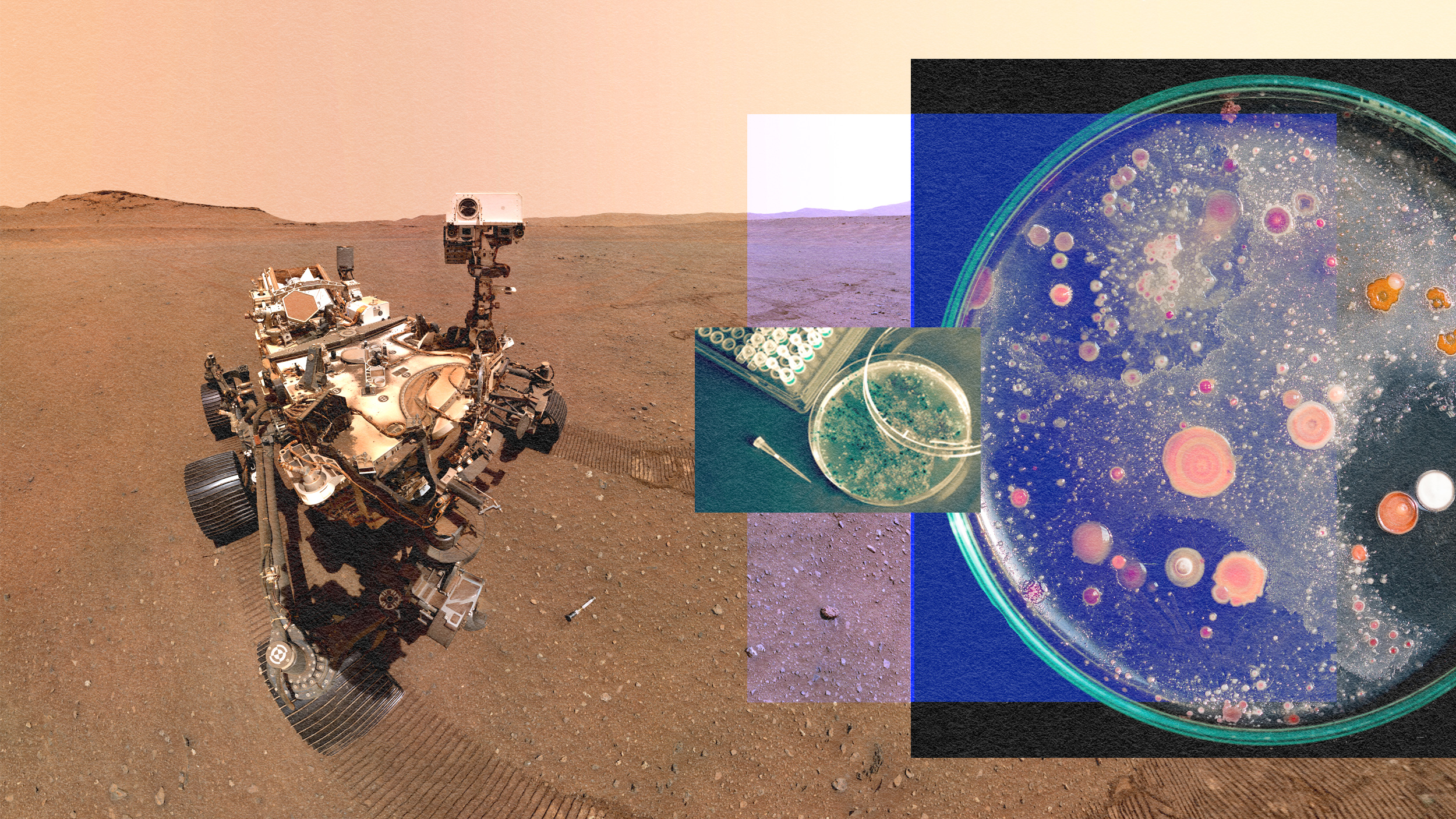AI is both a tool and a catalyst — and the key to successful integration is to rewrite your rule book and tinker.
All Articles
Almost every large structure in the Universe displays a 5:1 dark matter-to-normal matter ratio. Here’s how some galaxies defy that rule.
Meta and NYU’s robot can navigate and clean rooms it’s never seen before.
Long overlooked, menstrual stem cells could have important medical applications, including diagnosing endometriosis
They call it “Judo T-cell therapy,” and it’s 100 times more potent than regular CAR-T cells.
Benjamin Breen on his greatest revelations while writing about the birth of psychedelic science.
The Antarctic Treaty of 1959 prohibited nations from making new land claims on the continent. But it never mentioned claims from private individuals.
Big Think spoke with animator and animation historian Tom Sito about the cyclical evolution of animation.
We were not born to stagnate — the point of life (and work) is to go somewhere.
Almost everything we can observe and measure follows what’s known as a normal distribution, or a Bell curve. There’s a profound reason why.
Research suggests you can influence your sense of time by changing the “embodiedness” of your daily habits.
The management of fear is a core leadership skill in today’s globalized world — and the task is not as daunting as you might expect.
In the early stages of our Solar System, there were three life-friendly planets: Venus, Earth, and Mars. Only Earth thrived. Here’s why.
Scientists are probing the head games that influence athletic performance, from coaching to coping with pressure.
Do grim sci-fi scenarios crush our hopes for real-world growth? Author Michael Harris looks elsewhere to unblock the road to a better future.
We can’t always change our horrible bosses — but we can transform the ways we interact with them.
For thousands of years, humanity had no idea how far away the stars were. In the 1600s, Newton, Huygens, and Hooke all claimed to get there.
Whenever someone waxes poetic about terraforming alien worlds, it’s worth taking a moment to consider the ethical implications of the proposal.
Big Think spoke to the author of “The 5 Love Languages” about the popular relationship theory — and its lack of scientific support.
The $21.5-billion project could involve tunneling hundreds of feet under Lake Geneva.
Emotional intelligence (EI) is much more than a trending C-suite buzz phrase — it’s the anchor attribute of every great leader.
Although many of Einstein’s papers revolutionized physics, there’s one Einsteinian advance, generally, that towers over all the rest.
Practical ML can radically improve business operations, but there’s a deployment issue.
The Uros of Lake Titicaca live on floating islands made from reeds. How did they get there?
Beyond the planets, stars, and Milky Way lie ultra-distant objects: galaxies and quasars. Here’s how far back we’ve seen throughout history.
We don’t yet know if these strange “obelisks” are helpful or harmful.
It may seem as though top performers are always on, but the secret to their success is taking the time to recharge.
The study suggests that human ancestors expanded across Europe faster than previously thought.
An MIT study finds the brains of children who grow up in less affluent households are less responsive to rewarding experiences.
The case for why NASA should pivot to searching for current — not ancient — signs of life.
